ACT Bonus Purchase Additional ways to Change Beliefs with CBT
ACT Bonus Purchase Additional ways to Change Beliefs with CBT
[5 EPUB+2 MOBI+4 PDF]
Description
***********************************************This is the bonus material purchased for the ACT GB.Distributing outside of elib is absolutely forbidden *********************************************** ACT Bonus Purchase Additional ways to Change Beliefs with CBT GB page: . Anxiety and Avoidance – Michael H Tomkins PhDDo you suffer from panic, anxiety, and fear in your day-to-day life? Do you often avoid social situations, activities like driving, or even going to the store because of a fear of being overwhelmed or triggering a panic attack? You might be interested to know that anxiety disorders are the most common mental health disorders in the United States.In Anxiety and Avoidance, psychologist and anxiety disorder expert Michael Tompkins presents a universal protocol to help you cope with anxiety, panic, and fear, regardless of your particular mental health diagnosis. This universal protocol is based on David H. Barlow’s “unified protocol,” and is a cognitive behavioral approach. Tompkins also draws on mindfulness-based therapies such as acceptance and commitment therapy (ACT) that have been used successfully in the treatment of anxiety disorders for years.The book includes present-moment awareness (mindfulness) techniques, motivational tools for overcoming experiential avoidance, and cognitive tools for reframing anxiety and fear. In addition, you will learn how to use your personal values as a vehicle for lasting change. While most anxiety treatments have focused on symptom reduction, this book teaches you the skills needed to better handle the underlying emotional reactions that lead to anxiety and panic in the first place.If you are ready to stop avoiding situations that cause you to panic and get back to living a full life, this book is a powerful resource that can help you make a lasting change using an innovative, transdiagnostic approach. 2. Cognitive-Behavioral Therapy Skills Workbook – Barry GregoryCognitive-Behavioral Therapy (CBT) is the fastest-growing psychotherapy in the world today, largely because it has been clinically-tested and found effective for a broad range of psychiatric and psychological problems. CBT has strong clinical support from both clients and clinicians who like its collaborative process that uses practical tools and strategies for solving everyday problems.The challenge for many clinicians is finding practical ways to integrate empirically-supported therapies into everyday clinical practice with clients. While there are many outstanding books on the theory and practice of cognitive-behavioral therapies, the CBT Skills Workbook provides over 100 of the top hands-on practical worksheets and exercises to help clinicians integrate CBT into their practice. The exercises and worksheets are designed to provide powerful tools that can be used in individual or group sessions and as homework assignments. An effective way to use the workbook is to have clients complete the exercises and worksheets at home and then review them together in each session. Clients learn by doing, thus these exercises are intentionally designed to be short, sweet, and easy-to-complete.This workbook contains powerful, yet practical, tools and techniques to help mental health professionals provide clients with state-of-the-art evidence-based interventions for a broad range of addiction and mental health issues and concerns. The workbook is divided into four key sections that include practical exercises and worksheets focused on client motivation, beliefs, emotions, and behaviors. In a nutshell, it helps people learn how to feel better by changing what they think and do.With the explosive movement toward accountability and evidence-based treatments, the CBT Skills Workbook will help psychologists, mental health professionals, and social workers integrate evidence-based treatments and therapies into clinical practice. In short, the workbook provides an easy to follow directory of practical exercises and homework activities that are designed to help people learn ways to have the life they truly want and deserve.3. Hypnotic Relaxation Therapy – Gary Elkins PhDGary R. Elkins, PhD, ABPP, ABPH, is a Professor and Director of the Doctoral Program in Clinical Psychology at Baylor University, Department of Psychology and Neuroscience, and is also the Director of the Mind-Body Medicine Research Laboratory. His areas of research are hypnosis and mind-body interventions in behavioral medicine. His laboratory was recently awarded a $2.6 million dollar grant from the National Institutes of Health, National Center for Complementary and Alternative Medicine, to conduct clinical research into the use of hypnotic relaxation therapy for treatment of symptoms associated with menopause. He has served as President of the American Society of Clinical Hypnosis, President of the American Board of Psychological Hypnosis, Vice-Chair of the Council of Representatives of the International Society of Hypnosis, and Chair of the Fellows Committee of the Society for Psychological Hypnosis of the APA. Dr. Elkins has published over 50 journal articles and book chapters in the area of hypnosis and psychotherapy. 4. Integrating Clinical Hypnosis and CBT: Treating Depression, Anxiety, and Fears -Robin Chapman This workbook describes a method that combines one of the newest treatments in behavioral health-cognitive behavioral therapy (CBT)-with one of the oldest-clinical hypnosis. The author provides step-by-step guidance in the joint application of these two modalities for the optimal treatment of depression, anxiety, fears, and phobias. The book is based on studies suggesting that clinical hypnosis in combination with CBT may increase treatment efficacy. With a systematic approach, the workbook covers the theoretical foundations of this integrated modality and explains how to assess whether such treatment is warranted for a particular case. It addresses requisite skills such as teaching self-hypnosis and mood monitoring and covers the Subjective Units of Discomfort Scale (SUDS) and the use of imagery and relaxation techniques. Specific strategies for using clinical hypnosis and CBT to treat depression, anxiety, fears, and phobias are provided. Numerous case examples illustrate and reinforce understanding of the integrated treatment modality. Ten client handouts are included to facilitate mood monitoring, awareness of thoughts, creating imagery, meditation, muscle relaxation, and self-hypnosis. The book is designed for both novice and experienced clinical practitioners.5. Mind and Emotions: A Universal Treatment for Emotional Disorders – Mathew McKay PhD.We all have our own ways of handling stressful situations without letting emotions get the best of us, but some ways of coping work better than others. Short-term fixes that help us avoid or numb our emotions may temporarily alleviate sadness and anger, but can also end up causing anxiety, depression, chronic anger, and even physical health problems. If you struggle with overwhelming emotions and feel trapped by unhealthy patterns, this workbook is your ticket out.Mind and Emotions is a revolutionary universal treatment program for all emotional disorders that helps you discover which of the seven problematic coping styles is keeping you trapped in a cycle of emotional pain. Instead of working on difficulties like anxiety, anger, shame, and depression one by one, you’ll treat the root of all your emotional suffering at once. Drawing on evidence-based skills from cognitive behavioral therapy, acceptance and commitment therapy, and dialectical behavior therapy, this workbook offers all the techniques you need to manage unwelcome feelings in effective and productive ways.Learn and practice the most effective coping skills:• Clarifying and acting on your core values• Mindfulness and acceptance• Detaching from negative thoughts• Self-soothing and relaxation exercises• Assertiveness and interpersonal skills• Gradually facing your strong emotionsThis book has been awarded The Association for Behavioral and Cognitive Therapies Self-Help Seal of Merit — an award bestowed on outstanding self-help books that are consistent with cognitive behavioral therapy (CBT) principles and that incorporate scientifically tested strategies for overcoming mental health difficulties. The CBT Self-Help Therapy site combines three evidence-based treatment approaches: cognitive behavioral therapy (CBT), dialectical behavior therapy (DBT), and acceptance and commitment therapy (ACT). 6. The CBT Toolbox: A Workbook for Clients and Clinicians – Jeff RiggenbachTheoretically sound, yet practical and easy-to-use, The CBT Toolbox guides you through evidence-based exercises to help navigate the road to recovery. For a client’s use on their own or for use in a therapeutic setting, this book will teach how to overcome unhealthy life patterns, providing fresh and proven approaches to help: * identify triggers for a variety of psychological problems * create step by step plans to improve self-worth * dismiss dysfunctional thinking * track and monitor anger * find calm in stressful situations * break destructive patterns in toxic relationships * defeat depression Cognitive Behavior Therapy (CBT) is the most empirically-supported form of treatment for a broad range of psychological problems. The CBT Toolbox is not a “one strategy first all” book. Rather, you will receive exercises that integrate research with practical application for specific symptom sets with the necessary depth to create meaningful change. The CBT Toolbox will provide you with effective and easy-to-use tools for: * Anxiety * Depression * Impulsive and Destructive Behaviors * Problems Solving * Toxic Relationships * Stress Management * and much more 7. Visual CBT: Using pictures to help you apply CBT to change your life – Chapman Maggie, Joseph AvyMany people learn best by following a visual approach – retaining information far more successfully if that information is given to them in a visual manner. Visual CBT uses illustrations, graphics and images to help the reader to alter their thought patterns and change behaviours through CBT to become a happier, healthier individual.Uniquely, it highlights the differences between healthy and unhealthy emotional responses – for example Anxiety instead of Concern – to enable the reader to quickly “picture” how they are reacting, and bring it into line with the healthy type of response.•Includes an explanation of the premise of CBT and how it can relate to everyday life•Uses exercises and practical tips to examine a whole host of healthy vs. unhealthy scenarios – such as depression vs. sadness, anger vs. annoyance, hurt vs. sorrow, shame vs. regret … and much more•Visual CBT is an easy to use guide that can be referred back to time and time again showing how to successfully implement the most important CBT techniques.Thnx to participants who made this possible
You must be logged in to post a review.

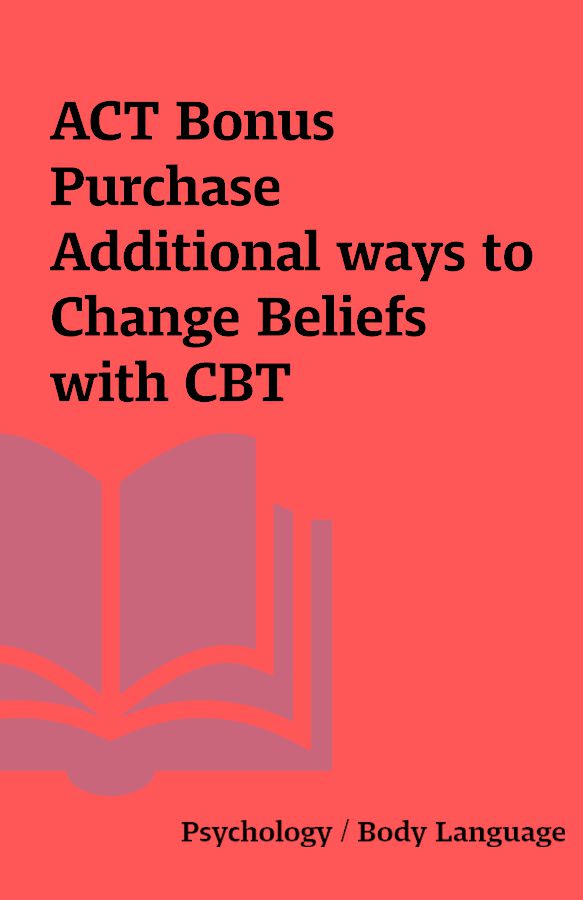
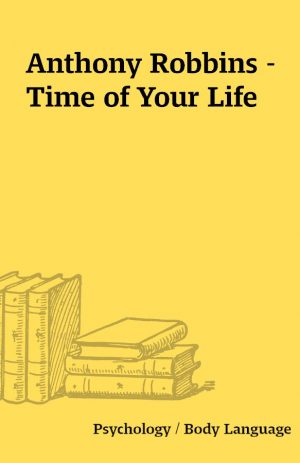
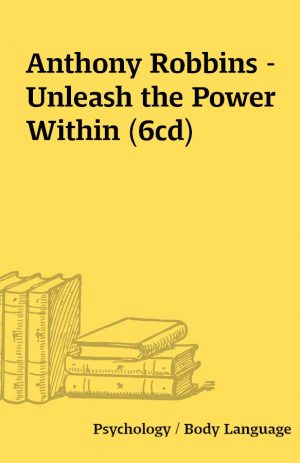
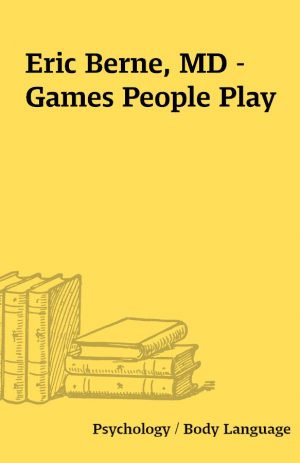
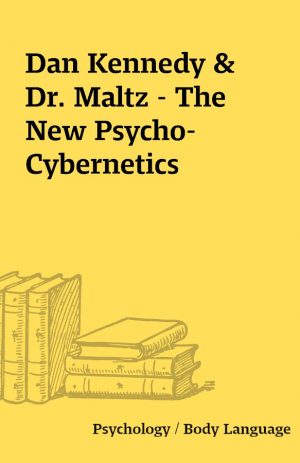
Reviews
There are no reviews yet.